OMA NATO Brussels Belgium 2002
The program for the new NATO Headquarters is very large. The security issues are complex. The task of the symbolism - to represent a new NATO - is daunting. It is clear that the obvious way does not work any more. We propose a truly integrated NATO Headquarters.
Six office buildings surround a central block. Its upper half is occupied by the conference centre a dense landscape of sculptural forms. The lower half of the block is occupied by facilities for press and the commons facilities restaurants and sports. In between is a connecting square - a public place that replaces the more utilitarian corridor-, and that is the focus of both the circulation and interaction in the building.
Instead of a linear sequence of programs, connected by a social corridor, we propose to arrange all of the elements around, above, and below a connection square which becomes the conceptual centre of the new NATO Headquarters.
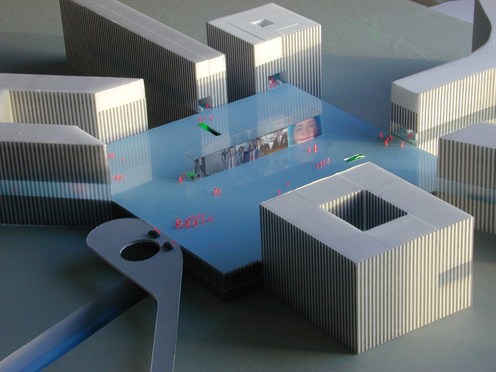
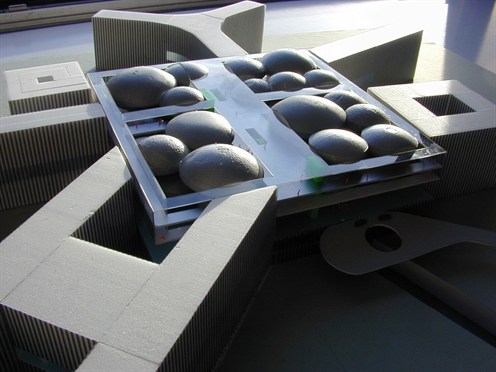
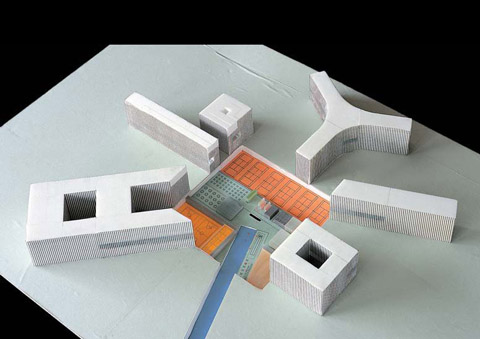

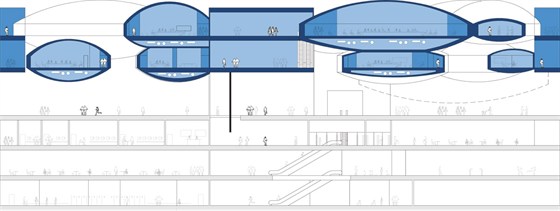
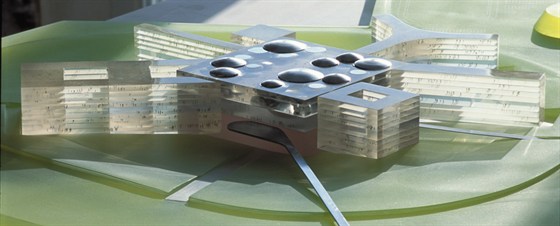
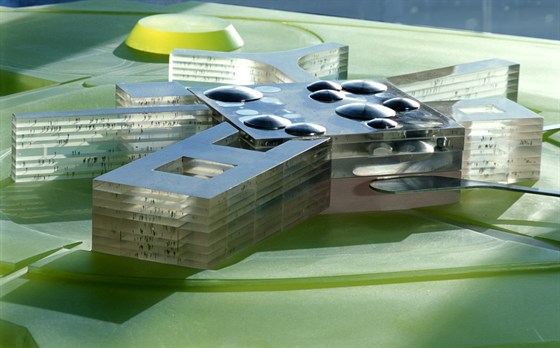
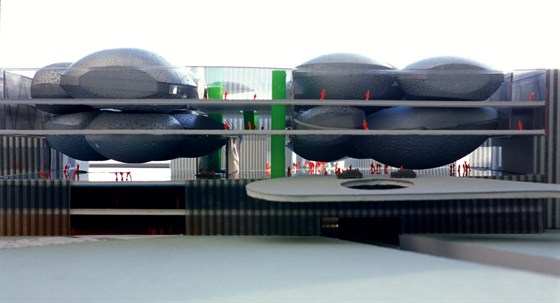
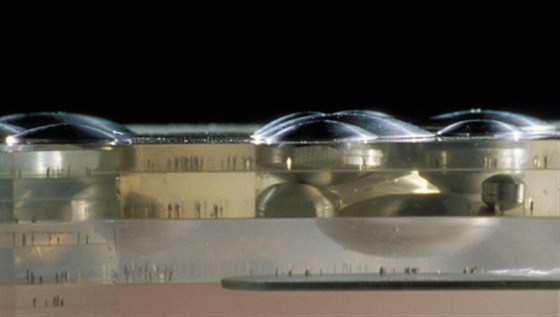
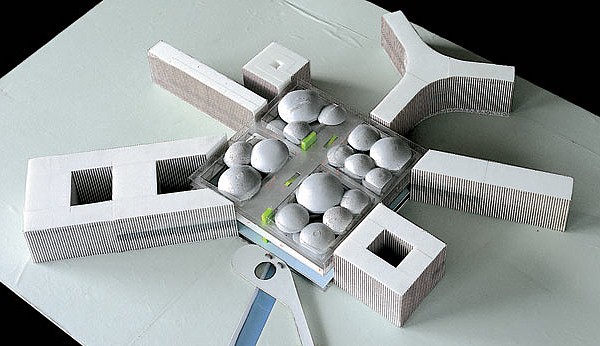
| |
2003.05.12 14:01
Koolhaas the reenactor
A good look at very early Kahn, particularly his projects for Philadelphia, will shed interesting light on architecture of the 90s and the 00s.
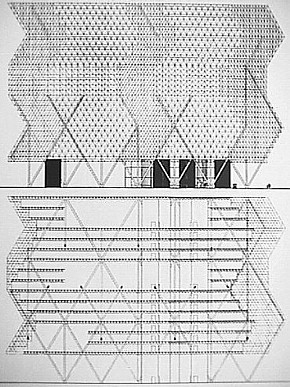
2003.05.18 14:02
Re: This month's WIRED - Koolhaas
KOOLWORLD is beginning to look and taste like generic frozen food after being microwaved.
2003.07.13 15:39
Re: a tale of two realities
Earlier today I re-watched Koolhaas on Charlie Rose to capture Koolhaas noticeably smiling when the subject of Prada came up. Having now taken a closer look it is hard to say whether Koolhaas is smiling (or at least as close to a smile that Koolhaas can get to) because of Prada or because he just got to say on TV that "If you extrapolate [the] current situation and current trends and the way architecture is evolving, it's maybe slightly too strong to say that ultimately everything will be embedded in a casino."
2003.09.10 15:28
What are you reading?
Lost in the Archives
"There is a crisis in the archives. Contemporary protocols for archiving and accessing increasingly vast amounts of materials present unprecedented possibilities and problems for the production, classification, and use of knowledge. Surveying the jagged edge between memory and forgetting, revealing the force and scope of some of memory's losses--its technical drop-outs, its lacunae, burials, omissions, eclipses, and denials--Lost in the Archives explores the thesis that memory is productively read from its failures and absences, in the not-yet or impossible archives, in archive fevers and dementias, in all the places archives cannot or have not looked. Investigations on the limits of memory are instigated by over 70 artists and writers, including Jacques Derrida, Atom Egoyan, Gustave Flaubert, Boris Groys, Candida Höfer, Rem Koolhaas, Sol Lewitt, Bruce Mau, and Jeff Wall. Like a purloined letter, the shelved and forgotten book wields its most virulent power precisely in being unread. Unread, if not indeed illegible, what is lost in the archive may prove to exert the most shocking force."
| |
Office of Metropolitan Architecture, Content (Berlin: National Gallery, 2003), exhibition; image: Rory Hyde.
|